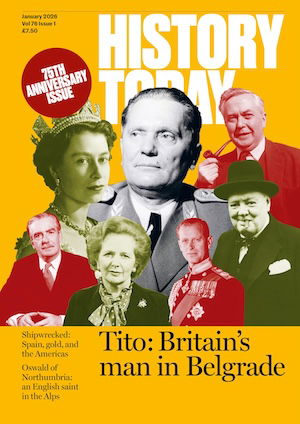The Indian Mutiny, Part I
On May 10th, 1857, while the bells of Meerut rang for divine service, the Sepoys of the Bengal Army rose in revolt against the rule of the British East India Company. That mutiny, Jon Manchip White writes, affords brilliant glimpses of a wilful generation.


